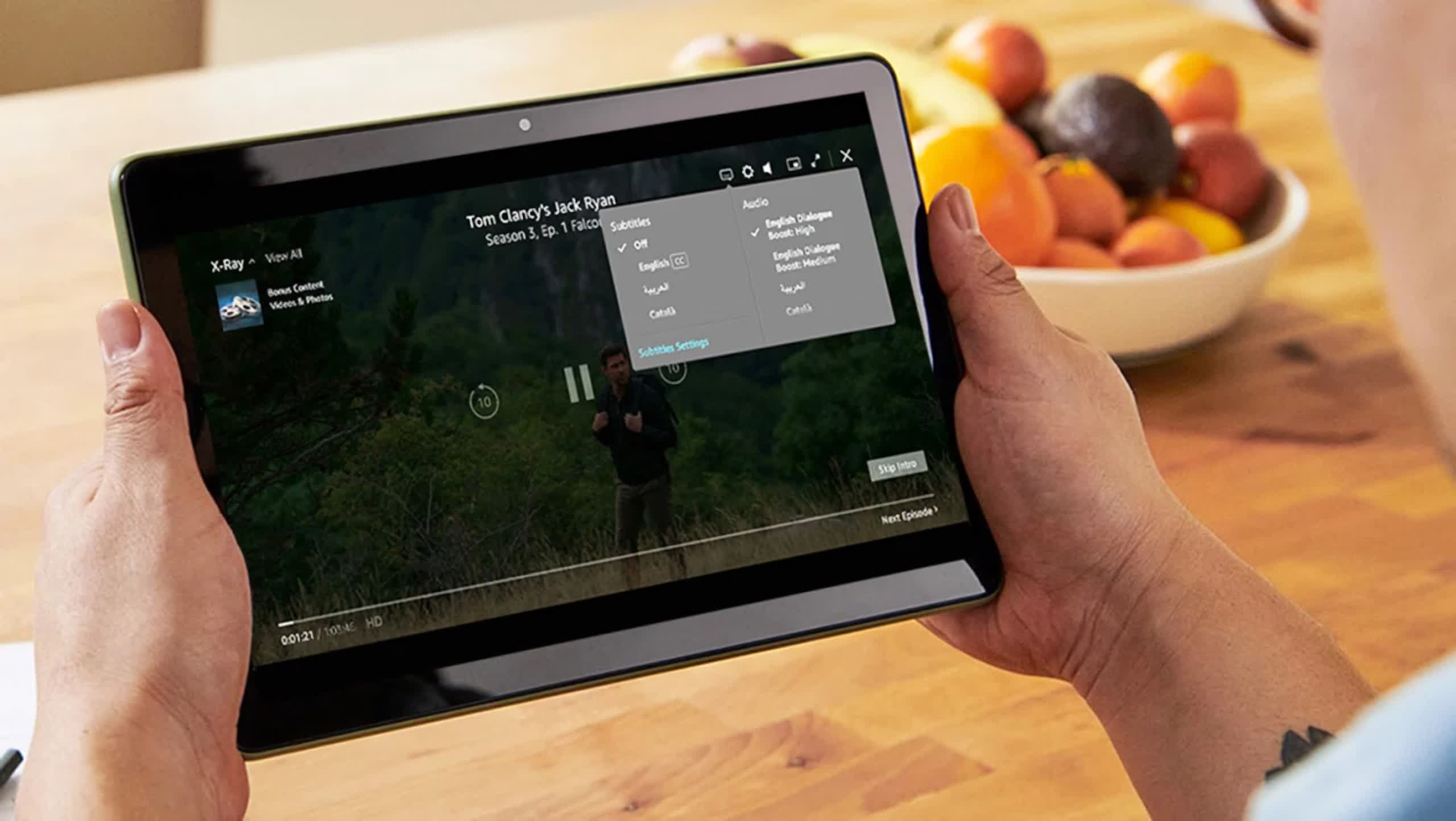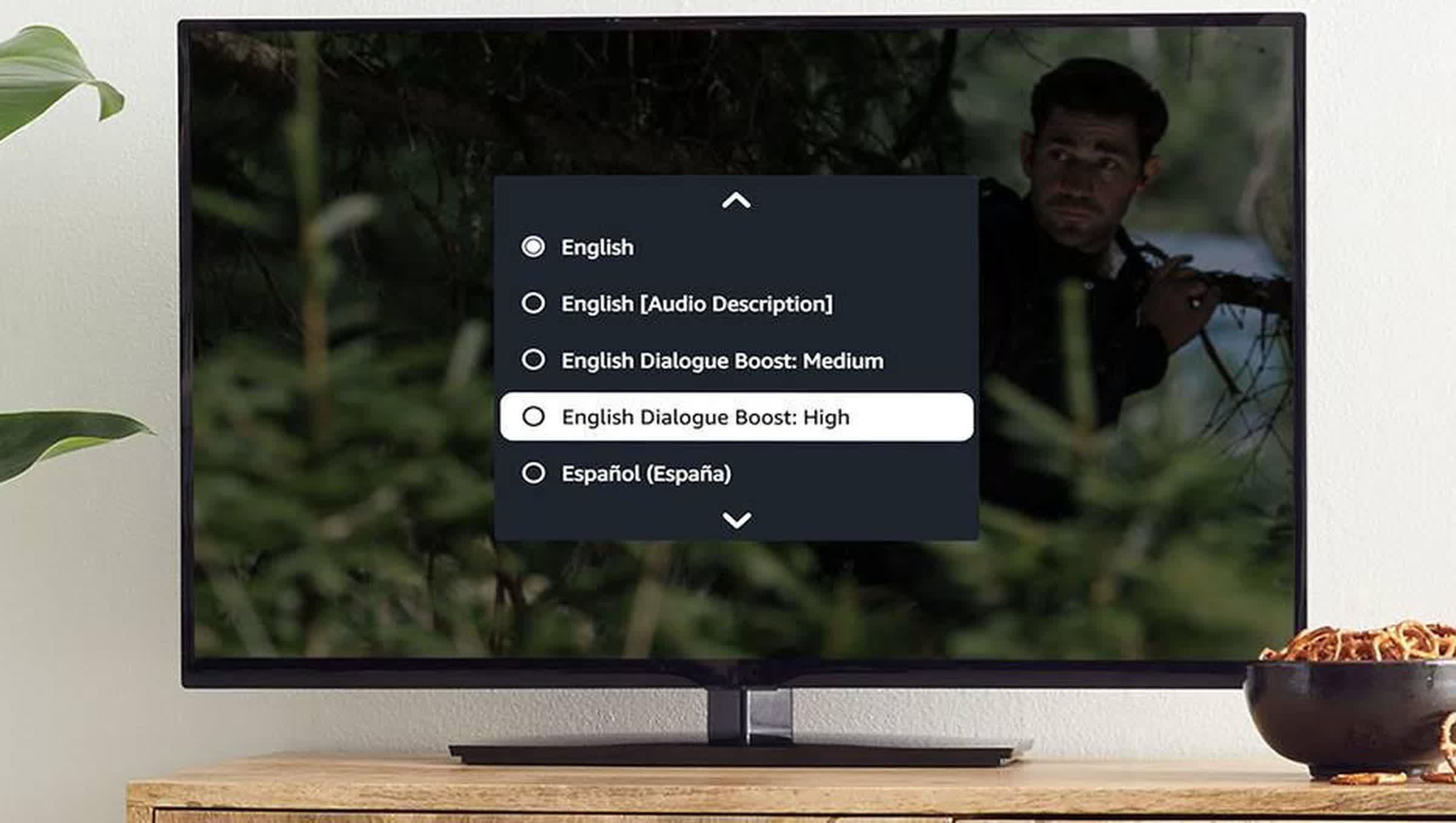What's the deal? Barely audible dialogue has been a widespread complaint against movies and TV shows in recent years. Investigations indicate multiple causes, from the production process to the consumer's preferences and viewing habits. Amazon thinks it has a solution that works for all its subscribers, regardless of their viewing situation.

Amazon added a new audio mode to Prime Video this week that boosts dialogue so viewers can better hear what characters say in movies and TV shows. The feature is now available in the audio and subtitles menu of Prime-exclusive programs like Tom Clancy's Jack Ryan, The Marvelous Mrs. Maisel, Harlem, The Big Sick, Beautiful Boy, and Being the Ricardos. More Amazon Originals will support Dialogue Boost later this year.
Studies reveal that the proportion of viewers using subtitles while watching TV has exploded recently. The reasons behind the trend are varied: the rising popularity of foreign content (including programming in English but with thick UK accents), viewers using subtitles to learn English, the hearing-impaired, and viewers watching while multitasking.

However, possibly the most common audience complaint is that the dialogue is comparatively too quiet. If you have ever had to turn down the volume during an action-packed gunfight, you can relate. Even movie theaters often turn down speakers to make action scenes less ear-splitting.
Research and interviews reveal that sound mixing and playback have broken down at every production stage, from initial recording to final output. Audio teams have complained about being ignored on sets. Professional mixers have to edit sound without knowing what audiences use. Video compression and lower TV speaker quality also contribute to the issue.
Many soundbars now include functionality to boost center channels to enhance dialogue. Amazon's solution attacks the problem at the mixing and compression stage. Dialogue Boost uses AI to analyze speech patterns and target segments where music or sound effects might overpower the dialogue. The main advantage of Amazon's solution is that it works on all devices that support Prime Video. Unlike soundbars which customers only install in living rooms, the boosted audio tracks – available in medium and high modes – work on simple TV speakers, headphones, phone and tablet speakers, or any other audio-out device.
https://www.techspot.com/news/98363-amazon-prime-video-introduces-ai-powered-dialogue-boost.html